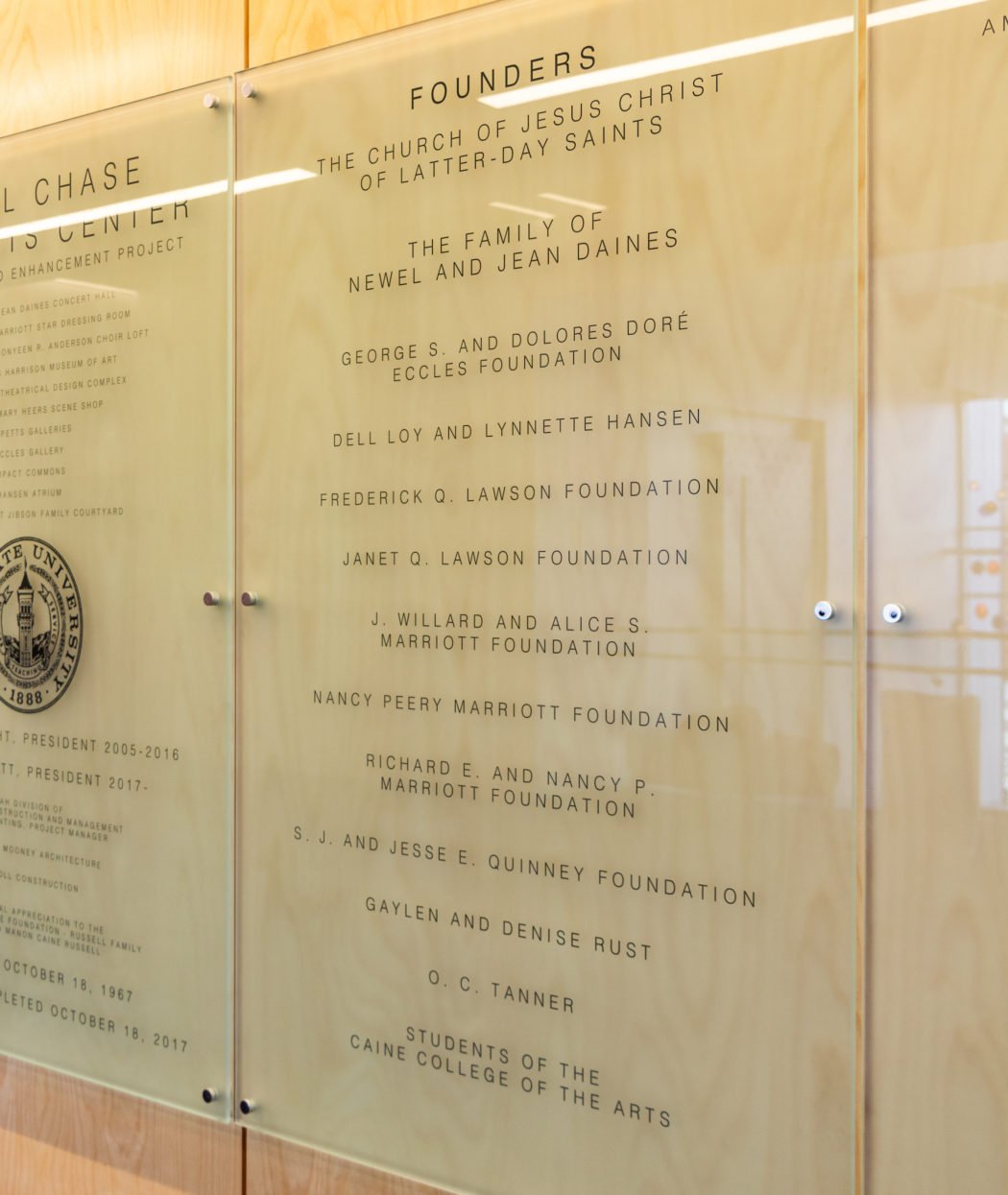USU sued after receiving almost a decade of fraud donations
Utah State University and The Church of Jesus Christ of Latter-day Saints have been asked to give back almost a decade of donations from a fake coin business owner.
In November 2018, Gaylen Rust, who had scammed hundreds of people to invest in his fake coin business, Rust Rare Coin, was exposed for running a Ponzi scheme that became one of the biggest in Utah history.
This trick, which went on for many years, had his investors convinced that their money was going towards purchases of valuable metals that would be sold for a profit.
And with all of this illegal money coming in, Rust had the means to purchase companies such as HUGESound Post Production and R Legacy Entertainment.
Rust also donated $2.4 million to the church and, according to USU spokesperson, Amanda DeRito, $544,806 to the university.
The Salt Lake Tribune reported that Rust also had an interest in arts and music. He owned a music store, a recording label and even a charity that supported art programs in Utah schools known as Legacy Music Alliance.
And because Rust had a huge interest in the arts, DeRito said the contribution money was used as it was intended and put towards remodeling the Newel and Jean Daines Concert Hall back in 2017.
The donations given to USU actually came from the Legacy Music Alliance, starting in 2009 and ended up being the biggest donation ever given from the charity.
“The gift was a series of significant donations, made over a period of time, and returning it would be a significant financial burden for the university,” DeRito said.
However, there have been four tolling agreements between USU and the conflicts receiver on the case, Wayne Klein, within the last year that extended the statute of limitations allowing time for the two parties to come to an agreed upon resolution.
After Klein saw no headway with the tolling agreements, he made the decision to finally sue the university.
And now some people like Tristin Soule, a sophomore at USU, just hope the money the university has to return won’t come at the cost of the students.
“[The students] are the last people that did anything wrong. I feel like if you put it at the expense of the students then it’s just causing more damage to more people,” Soule said.
As for the church, they have already agreed to pay back the $2.4 million dollars that Rust gave through tithing and other generous donations.
Spokesman Sam Penrod told the Salt Lake Tribune that “the Church was not aware these donations were the result of ill-gotten gains and is returning the donations as agreed upon with the court-appointed trustee.”
However, it can sometimes be close to impossible for organizations to detect when contributions are illegitimate. Especially in this case when the donor has made several donations over time.
Klein compared it to running a fundraiser. The person putting on the fundraiser isn’t going to question every person who attempts to make a donation, especially if they need it. If a person were to do that, all their investors would feel like they were being treated like a crook and they wouldn’t raise any money.
“The fact of the matter is that the university, or any recipient of donations, doesn’t really have the ability to figure that out. They just have to hope that not many people are running frauds.”
And the university and the church aren’t the only ones that Rust fooled. Along with hundreds of people who invested in his fake company, he also had an impact on individuals who gave him everything.
Deseret News reported on one of those individuals who took a direct hit: Chance Thomas, who started the company HUGEsound and sold it to Rust.
Not only did Thomas see his business crumble after the news of Rust’s fraud, but he also lost music copyrights, distribution deals and soundtrack agreements to the courts.
However, after an almost two-year battle, Thomas was finally able to retrieve some of his soundtracks and start his own online music gallery.
Similarly to Thomas, Klein stated that it is very unrealistic for victims of fraud to expect to get back everything they lost. However, he said getting the $544,806 from USU would be a big help.
Klein said these victims are already only going to get a percentage back of what they put in. In these cases, the investors should only expect to get around 20-40% back.
Both Klein and DeRito are working towards the best possible outcome for all parties.
“The university is innocent here, they did nothing wrong, but the victims of the investment fraud also did nothing wrong. So who’s more deserving of the money?” Klein said.
His hope is that USU will agree to a plan that will allow him to eventually get all of the money back and finally return it to where it belongs.
Jacee.Caldwell@usu.edu
@JaceeCaldwell

